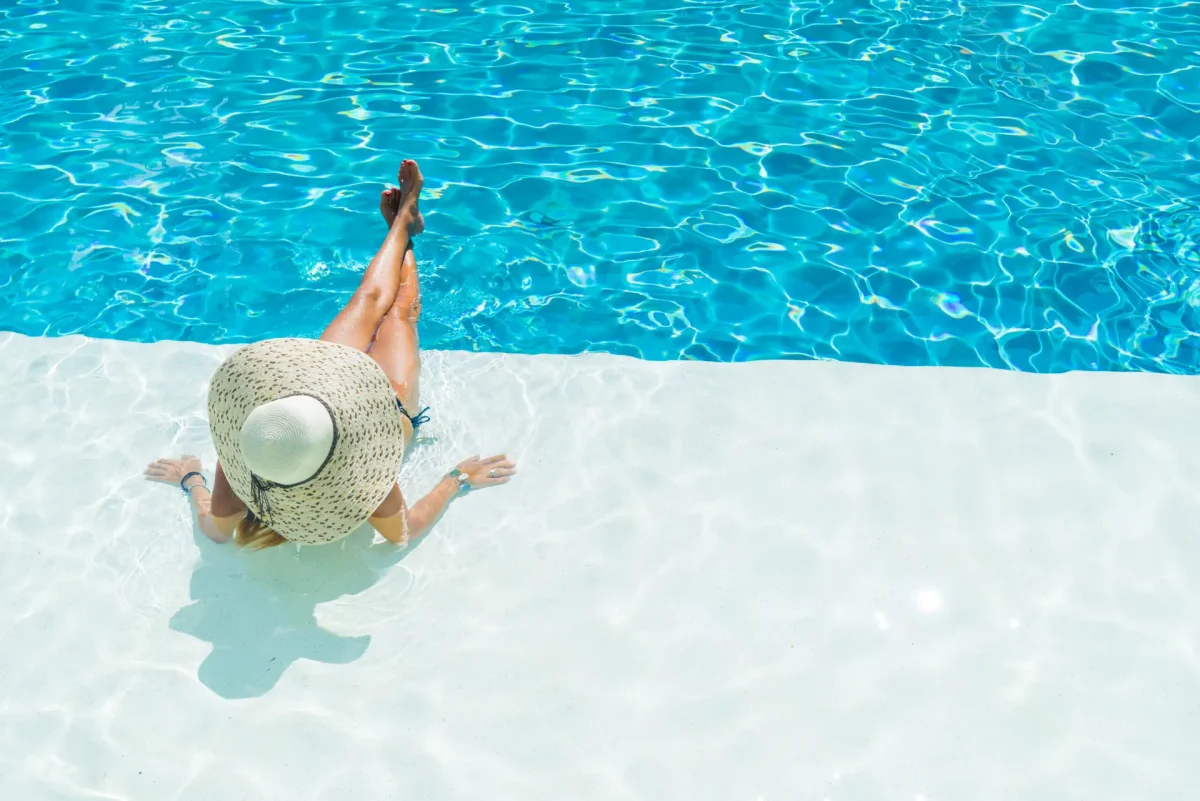If you are like me, summertime means tanning and swimming time. Tanning and swimming in UV radiation is a popular activity growing in humans’ summer, especially teenagers.
The term ¨tanning¨ is used to define when UV rays from the sun , or tanning beds, sink into your skin to penetrate the lower layers of the epidermis which produces more melanin to make your skin more tan and bronzed. Although tanning makes people feel more alive, or gives them their bronzed look, UV rays are very dangerous and can essentially lead to skin cancer.
When you’re exposed to any type of UV rays, too much of it can actually damage your skin cells eventually leading up to having skin cancer. When too much UV hits your skin, it damages the DNA in your skin cells over time. Since DNA tells our cells exactly how they need to function, damaged DNA can cause cells to grow out of control leading to skin cancer.
There are very many ways to prevent this phenomenon at least. If you check the weather app ¨pre-tanning time¨ the app will tell you how strong the UV is on a scale from usually 0-13 here in North Texas. If the UV is over 3 you should protect your skin using sunscreen.
Now I know a lot of people don’t wear sunscreen for tanning purposes even in the highest UV points like 11 or 12 UV. You can still tan with sunscreen on and protect yourself, it may just take longer for that bronzed color to show up. There are also tanning oils you can layer on top of sunscreen to enhance your tan color. I recommend the Sun Bum SPF 15 tanning oil and the Sol de Janerio with SPF 50.
On the topic of ¨SPF¨ most sunscreens and tanning products use this term on the front of their bottles. SPF means ¨sun protection factor¨ which is measuring how well the product will protect you from the harmful UV rays. How does the SPF on the bottle tell you how long you’re protected for? Well, let’s say you usually burn after being outside for 30 minutes and have an SPF 15 sunscreen/tanning oil you are gonna use. You’d multiply 30 by the SPF, in this case 15. That means that you’re technically protected for 450 minutes or 7 and a half hours. But, if you’re swimming you usually apply any SPF amount sunscreen every 45 minutes due to the water in pools washing the sunscreen away making ineffective protection.
The other downside to UV rays is that they are known to cause premature aging since the UV rays burn into the skin decreasing the elasticity making the skin more prone to wrinkling.
So, the next time you are out during the summer, remember to apply sunscreen to protect yourself from harmful UV rays.

